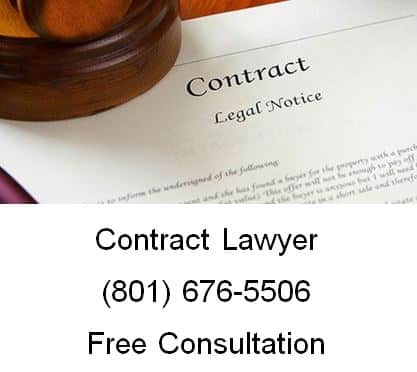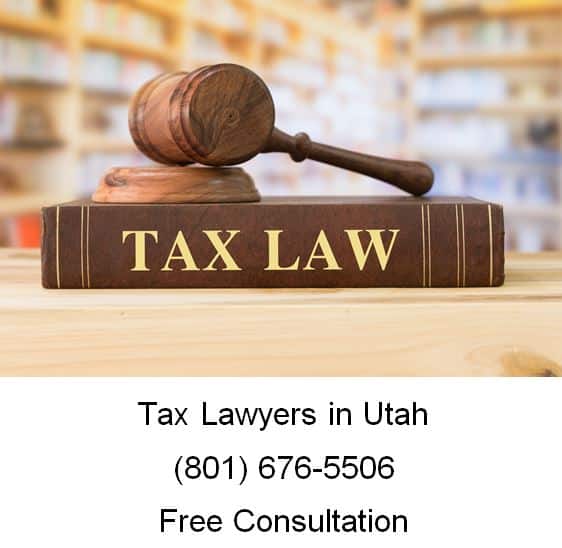
Security deposit laws in every state allow a landlord to collect money from a tenant to repair damage that exceeds normal wear and tear and for unpaid rent. After a tenant moves out of the rental unit, the landlord must return the unused portion of the security deposit to the tenant within a specific time. In some states, a landlord must also pay the tenant interest on the security deposit.
To assess the condition of the rental unit, the landlord will inspect for damage and cleaning requirements. Oftentimes, the landlord completes the inspection without the tenant present, but in some states tenants have the right to be present at the move-out inspection. A tenant should take advantage of this right or option if it is available.
The landlord may rely on the move-in statement to help evaluate the damage. A move-in statement will provide important documentation of the rental unit’s original condition. During the move-out inspection, notes and photos of the premises are used to record the current condition of the rental unit. A comparison of notes and photos from the move-in and move-out inspections will help determine the damage caused by the tenant.
Security deposit laws allow a landlord to use the deposit to fix damage that exceeds normal wear and tear. In general, a landlord may use a security deposit to restore the rental unit to the same condition it was in before the tenant’s occupancy. A landlord cannot charge to fix damage caused by ordinary wear and tear. If damage or dirt and grime exceed normal wear and tear, the landlord may deduct the cost from the security deposit. When restoring the rental unit, the landlord should not replace the item when a repair is adequate. For example, one broken tile does not merit replacing the entire floor, it usually is just that tile.
Many states allow a landlord to deduct unpaid rent from the security deposit under some conditions. For example, if the tenant leaves after giving appropriate notice, but was behind on the rent. The tenant stays beyond the planned termination date. The tenant moves out without giving legal notice, typically 30 days notice is required. The tenant is legally evicted, etc. It’s best to speak a real estate lawyer to address these issues to find out the information as it currently is. Laws change constantly and the only safe way to know how to proceed is to speak with a licensed Utah attorney.
Security deposit laws also regulate the return of a tenant’s security deposit. In most states, a landlord must return a deposit within 30 days, but deadlines range from 14 to 60 days. Most state laws require a landlord to mail the following to the tenant’s last known address or forwarding address. If the tenant is supposed to get it, the entire security deposit, plus interest if applicable; or an itemized list of deductions for cleaning, repairs, and unpaid rent and the remaining security deposit, plus interest if applicable. The itemized statement should include an explanation for each deduction. For instance, a description of the damage, the required repair, and the cost of making the repair should be included in the statement. If some repairs are incomplete, an estimate of the cost is sufficient. Copies of bills, receipts, and estimates for repairs should accompany the itemized statement sent to the tenant.
Real Estate Attorney Free Consultation
When you need legal help with a real estate matter, please call Ascent Law for your free consultation (801) 676-5506. We want to help you.
8833 S. Redwood Road, Suite C
West Jordan, Utah
84088 United States
Telephone: (801) 676-5506
Recent Posts
Repost:
https://www.ascentlawfirm.com/landlord-security-deposits/ “Steven E. Rush / Divorce Lawyer Utah” http://www.ascentlawfirm.com/
Repost:
https://stevenrushutah.wordpress.com/2019/06/11/landlord-security-deposits/ * Steven E. Rush * https://stevenrushutah.wordpress.com/










